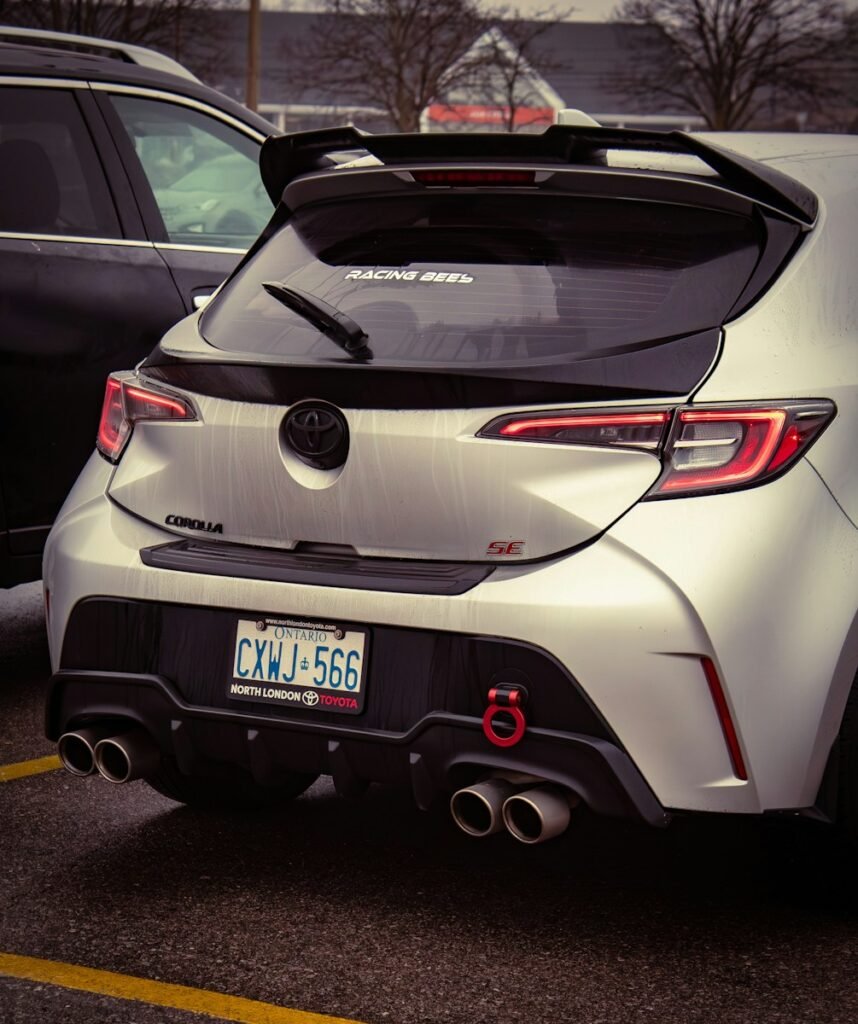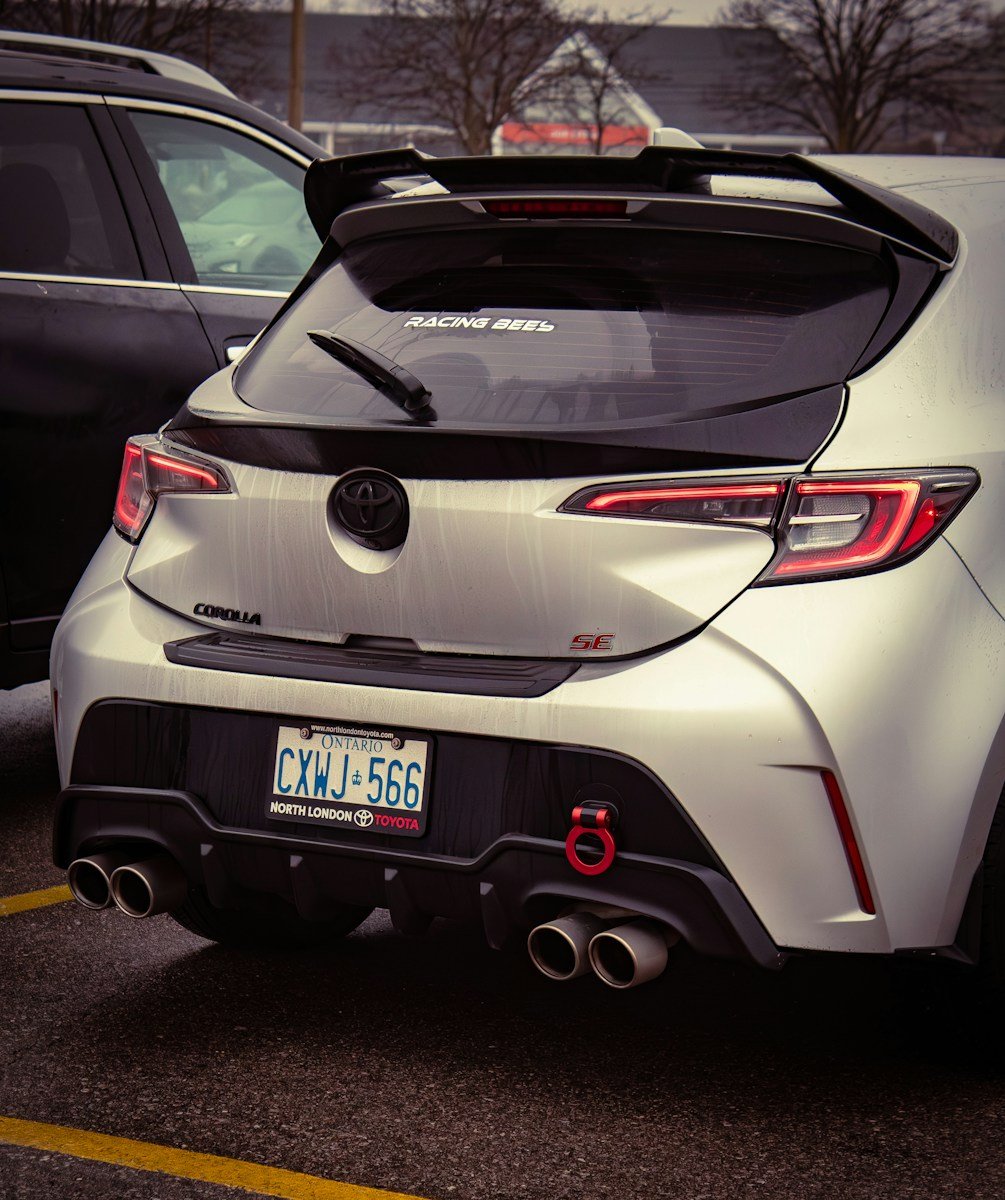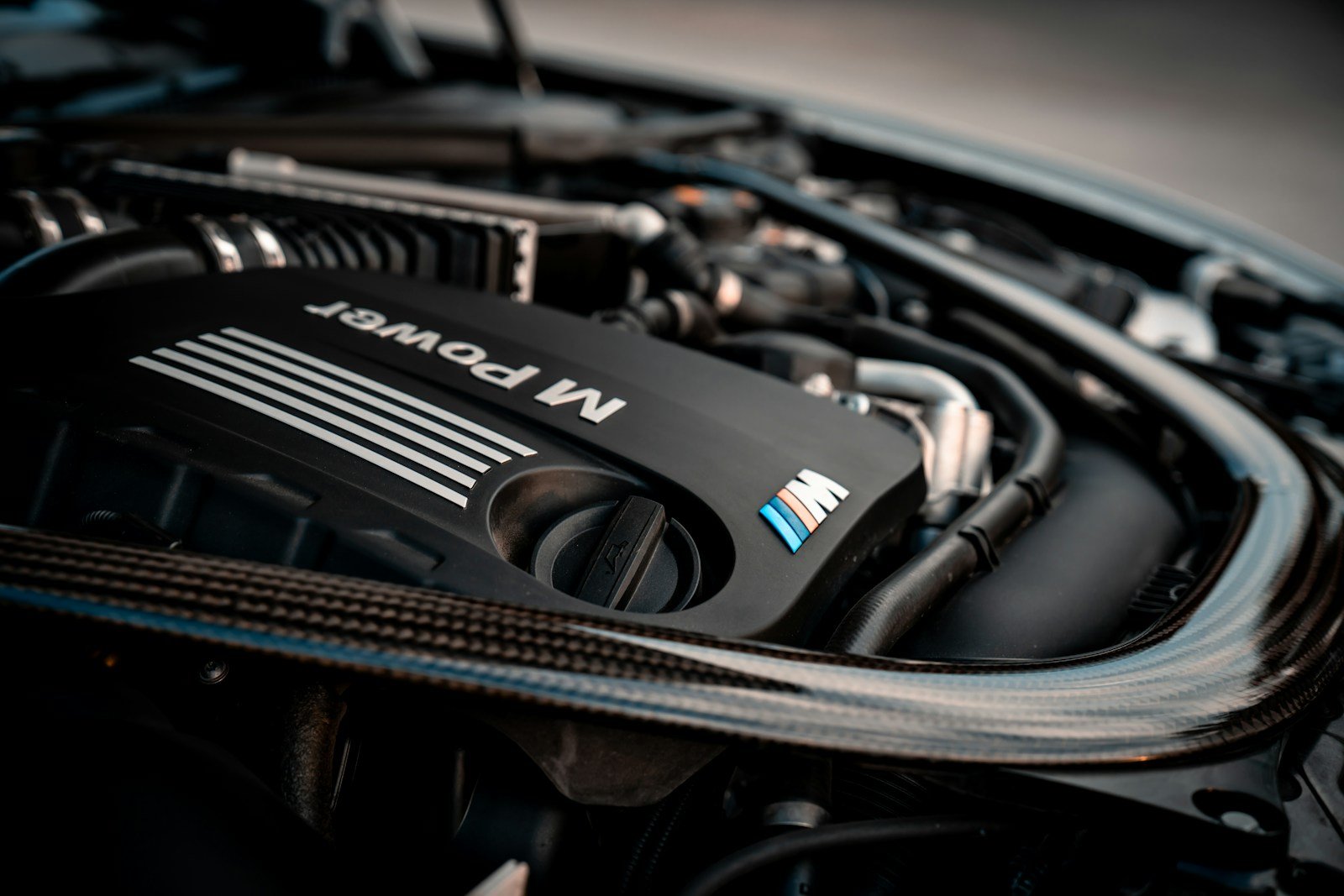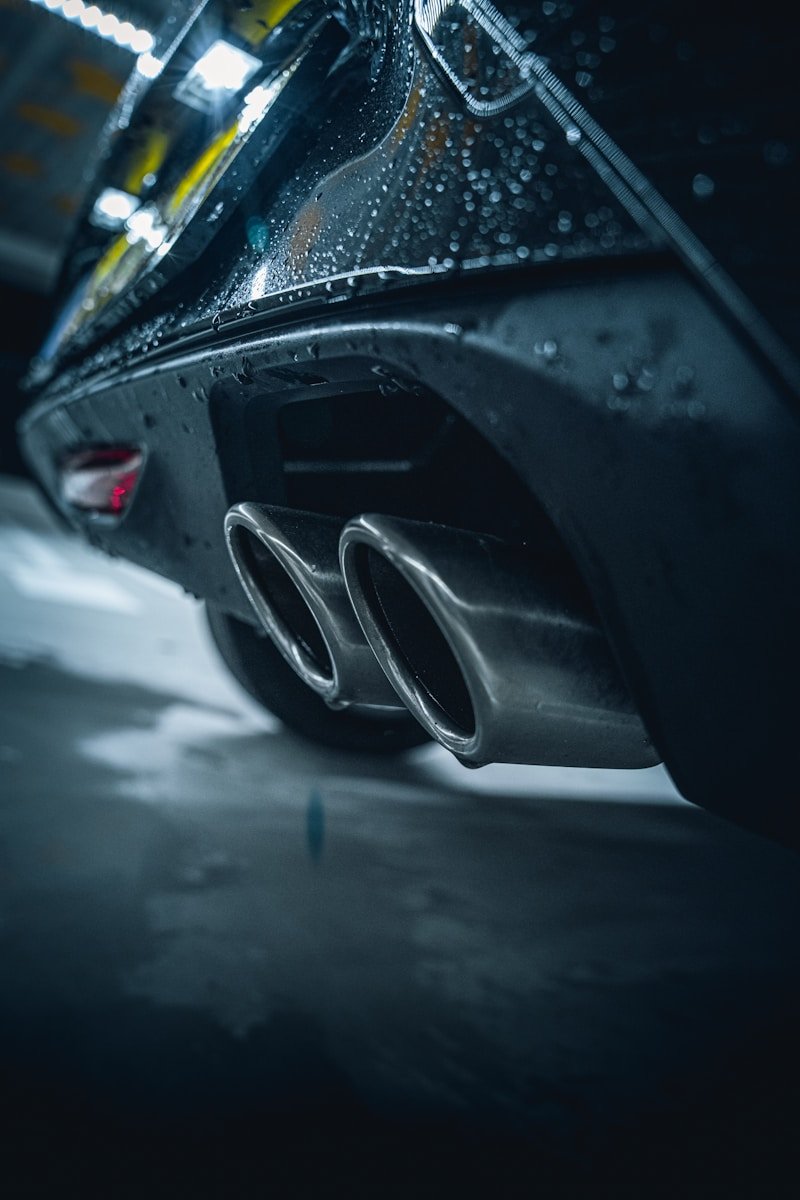“Take it for a good blast” — sound familiar? Everyone seems to have advice about regenerating a DPF. But which of these tips actually work, and which ones could be doing more harm than good? Here’s the truth behind the most common DPF regeneration myths.
1. Myth: A Quick 10-Minute Drive Clears the DPF
Regeneration needs sustained heat. Most DPFs require exhaust gas temperatures above 600°C to burn soot effectively. A short 10-minute drive, even at high revs, rarely keeps the system hot enough for long enough.
For regeneration to complete properly, you need a continuous run of at least 15–20 minutes at steady speed — ideally above 40mph. Town traffic and short errands just won’t cut it.
2. Truth: Driving Style Matters More Than Speed
It’s not about driving fast — it’s about keeping the exhaust gases consistently hot. Frequent acceleration, braking and low-speed stop-start journeys cause rapid soot buildup. The ECU struggles to trigger a regen because exhaust temps constantly drop below target.
Regular steady-speed drives on open roads or dual carriageways help keep soot levels low naturally. That’s why vehicles driven mostly on the motorway rarely suffer from blocked DPFs.
3. Myth: You Can Regen a DPF in Neutral or Park
Many drivers think idling or revving the engine in neutral forces a regen. It doesn’t. Active regeneration only occurs under load — when the ECU can safely inject extra fuel to raise exhaust temperatures.
Prolonged idling actually makes things worse by cooling the DPF down and increasing soot formation. If you suspect your car isn’t regenerating, book a professional on-car DPF clean with diagnostics to confirm why.
4. Truth: You Can Support Passive Regeneration
Passive regeneration happens naturally when you’re driving at higher speeds and engine loads. You can encourage this by:
- Taking one long A-road or motorway journey weekly.
- Avoiding stop-start driving wherever possible.
- Using high-quality diesel with correct additives for cleaner combustion.
Passive regens are silent, smooth and help delay active ones — meaning fewer fuel-burn cycles and longer DPF life.
5. Myth: Fuel Additives Can Trigger a Regen
No fuel additive alone can trigger a proper ECU-controlled regeneration. They may slightly lower the temperature needed for soot to burn, but they can’t start a cycle or fix blocked filters. For that, you’ll need professional intervention.
If you’ve already tried additives and the DPF light is still on, head straight to a refurbishment clean or postal DPF service to properly clear it.
6. Truth: Regeneration Fails When There’s an Engine Fault
Even perfect driving won’t help if the car can’t regenerate due to a fault. Failed sensors, EGR issues or rich injector mixtures stop the ECU from running regens properly. That’s why every on-car clean we perform includes fault code diagnosis and live data checks.
After cleaning, we flow-test the DPF to prove the result and make sure the system can regenerate again normally.
7. Myth: Revving the Engine Hard Helps “Blow It Out”
This is one of the most damaging misconceptions. Revving a cold engine to “blow out soot” can overheat the turbo and fail to raise DPF temperature in the right zone. All you achieve is wasted fuel and potential turbo stress.
The DPF sits far down the exhaust — it needs exhaust heat under load, not empty revs. A structured clean or longer drive is the only safe way to regenerate properly.
8. How to Tell if Regeneration Is Working
- Idle speed rises slightly (around 1000 rpm) during active regen.
- Cooling fans stay on after stopping the car.
- Fuel consumption increases temporarily.
- You may smell hot exhaust — that’s normal during regen.
If you don’t notice any of these signs after 300 miles of driving, your car likely isn’t regenerating at all. That’s when diagnostics and cleaning are essential.
9. Driving Habits That Kill a DPF
- Repeated short journeys under 5 miles.
- Ignoring the DPF warning light or cancelling regens.
- Low-quality fuel or wrong oil specification.
- Switching off mid-regen — a major cause of partial blockages.
See what happens when DPF faults go ignored in our guide: Don’t ignore your DPF warning light.
FAQs
How long does DPF regeneration take?
Active regeneration usually lasts 10–15 minutes once started. Passive regen happens gradually during regular driving at higher speeds.
Can I trigger a regen manually?
Some models allow a forced regen through diagnostic software. It’s not recommended for home use — always have this done in a controlled garage environment.
What if regeneration fails completely?
Book an on-car DPF clean or off-car refurb clean. We’ll clear soot, test flow, and reset ECU data so regens resume as normal.
Book a Professional DPF Clean
If your DPF light won’t clear after long drives, our garage DPF cleaning service restores flow fast. For removed filters, try our postal DPF cleaning option — tracked and tested across the UK.




